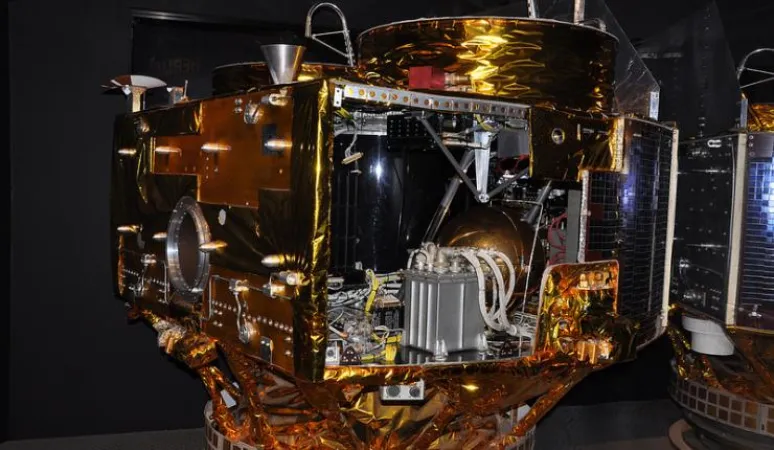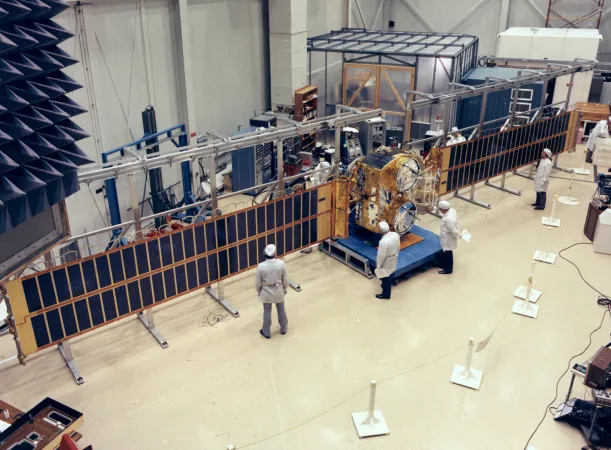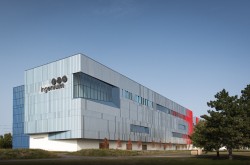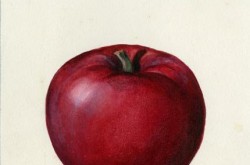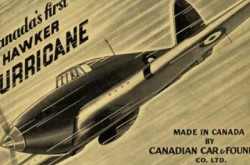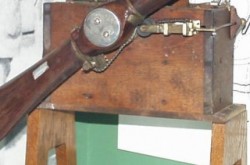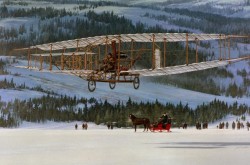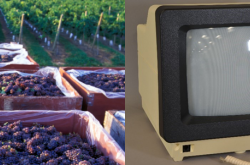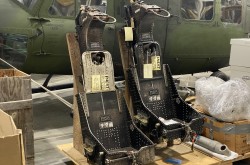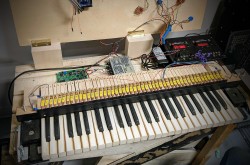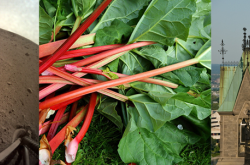Hermes Satellite Earth-Station Antenna
This article was originally written and submitted as part of a Canada 150 Project, the Innovation Storybook, to crowdsource stories of Canadian innovation with partners across Canada. The content has since been migrated to Ingenium’s Channel, a digital hub featuring curated content related to science, technology and innovation.
The Hermes satellite has an Emmy award to its credit.
Hermes changed television, and this satellite earth-station antenna helped the Canadian government win an Emmy (an award recognizing excellence in the television industry). As the ground element of the Hermes communications satellite — launched in 1976 — the antenna received TV broadcasts, including live events, relayed by the satellite. The antenna was compact and could be transported in a small carrying case, allowing television stations to report live from wherever events unfolded. The Hermes system was innovative also because it operated at high frequencies previously never used. A joint project between the Canadian government and telecommunications companies, the Communications Research Centre Canada won an Emmy for outstanding engineering achievement in 1987.
Spar Aerospace, RCA, and SED Systems were the main contractors on the Hermes program.



